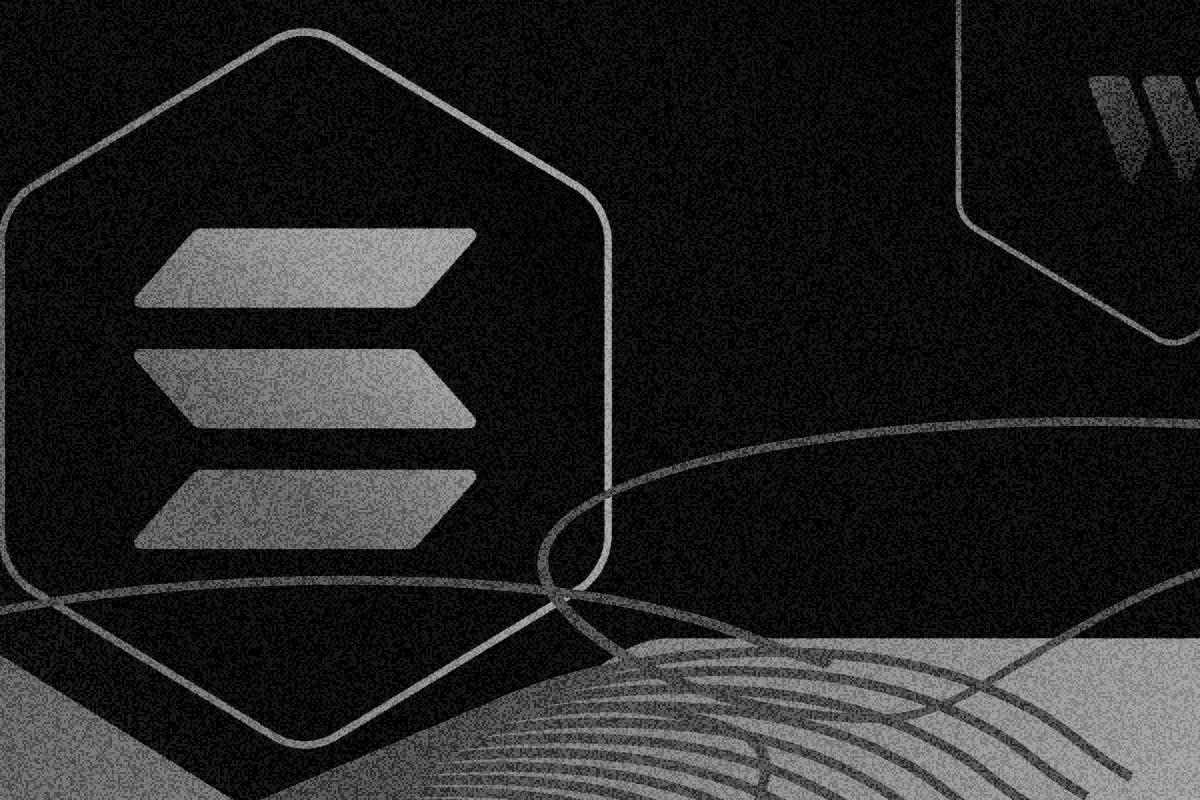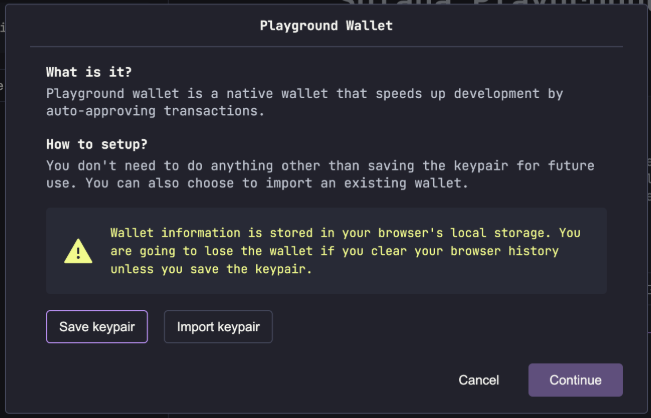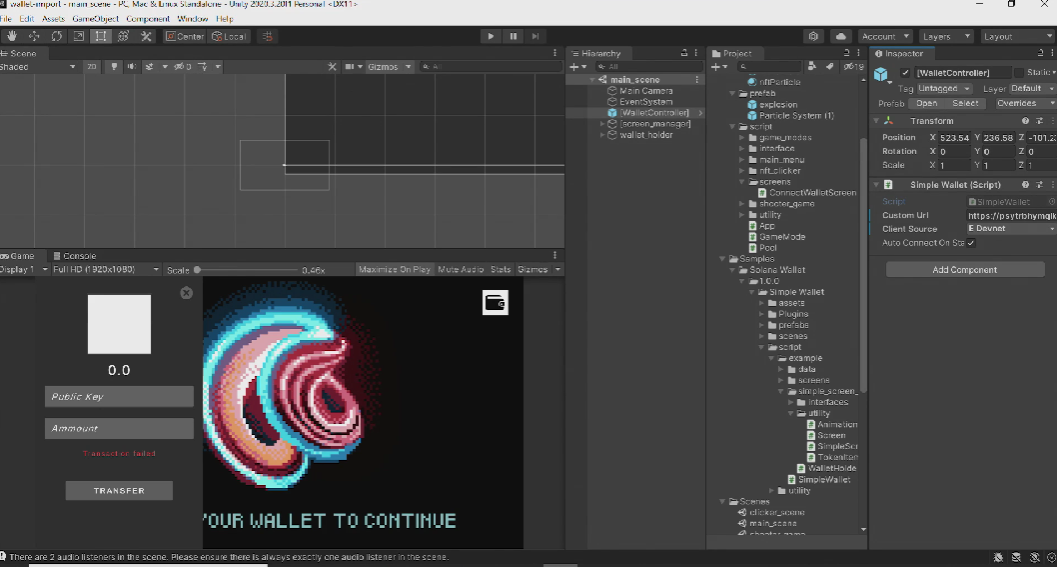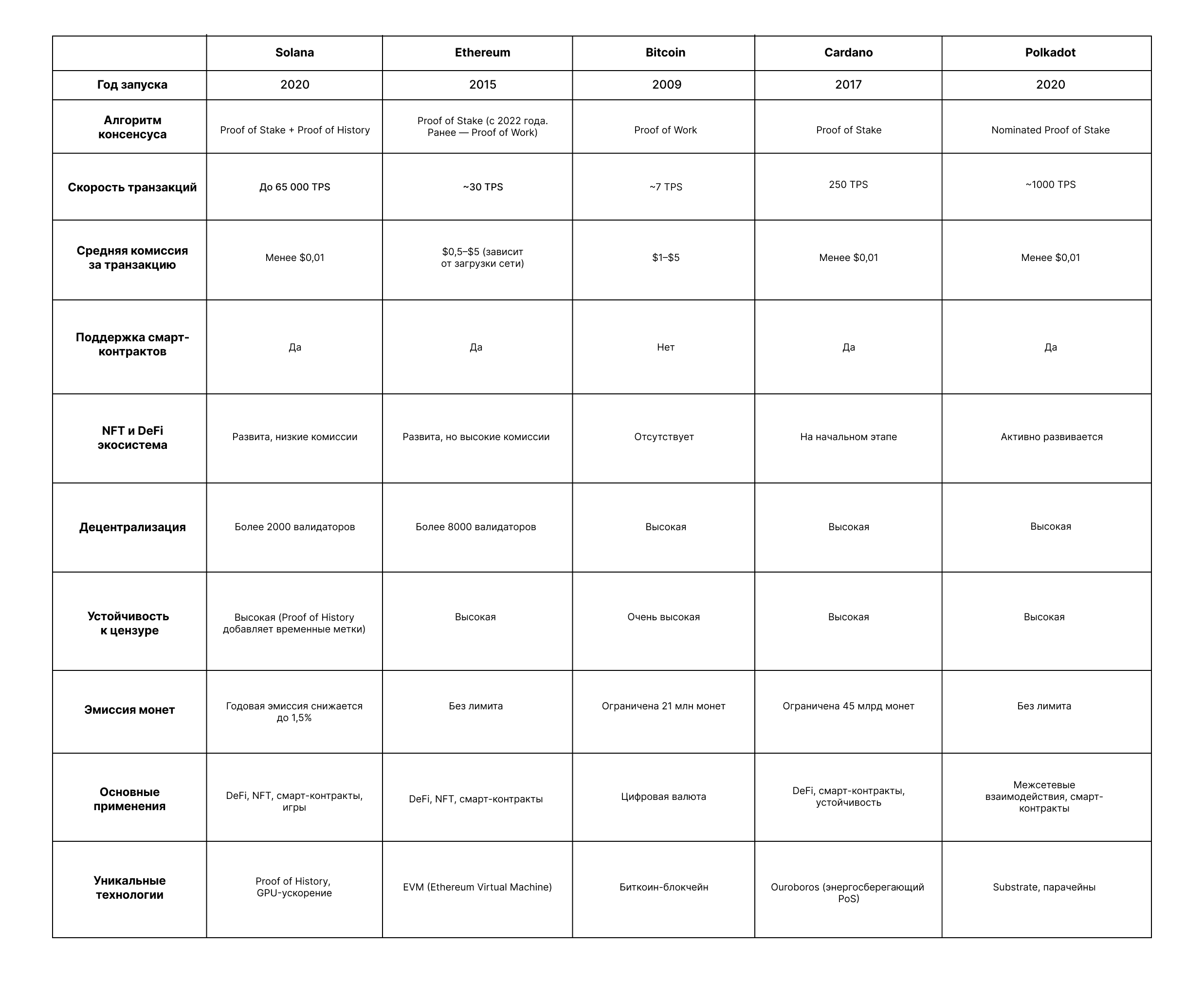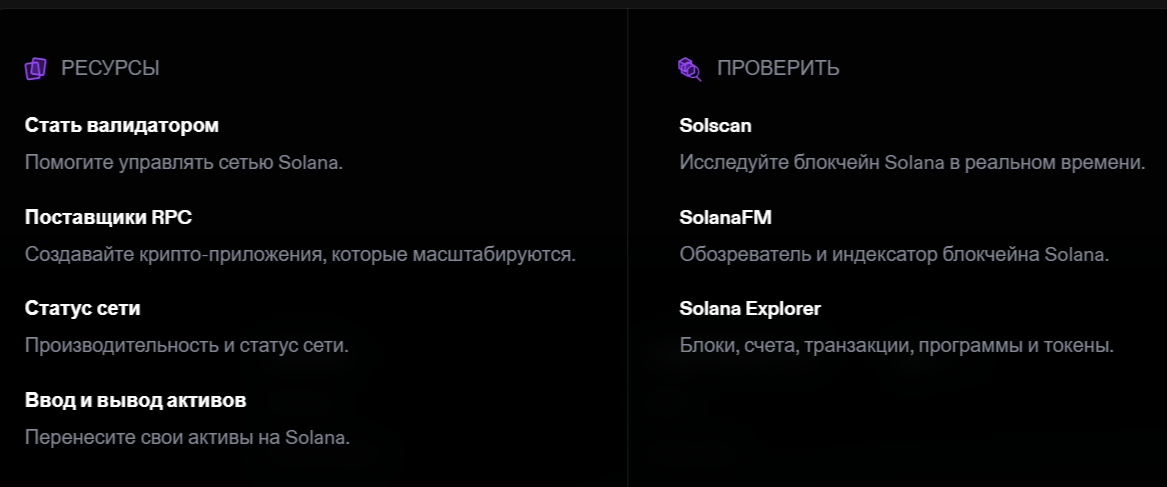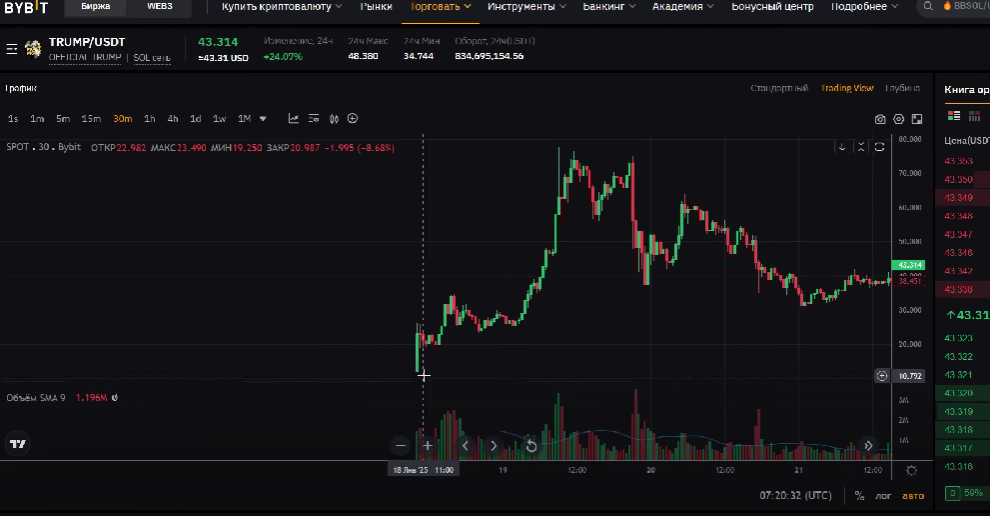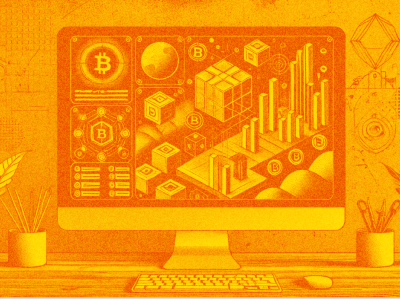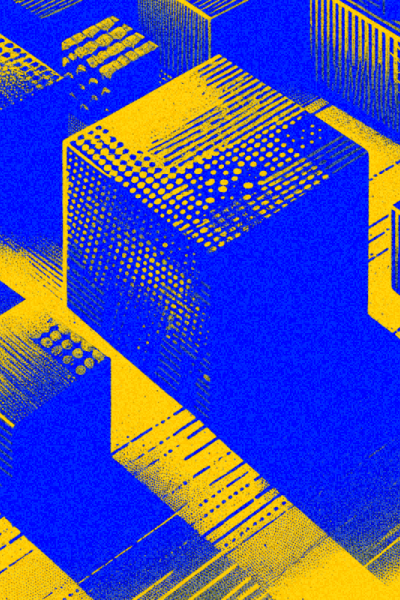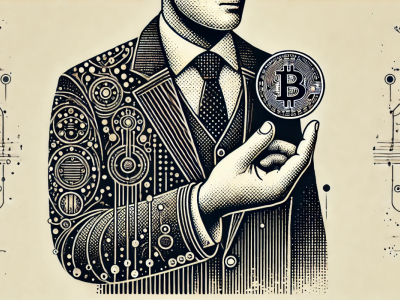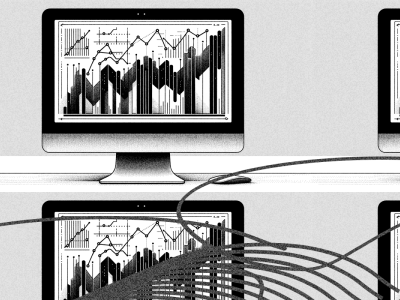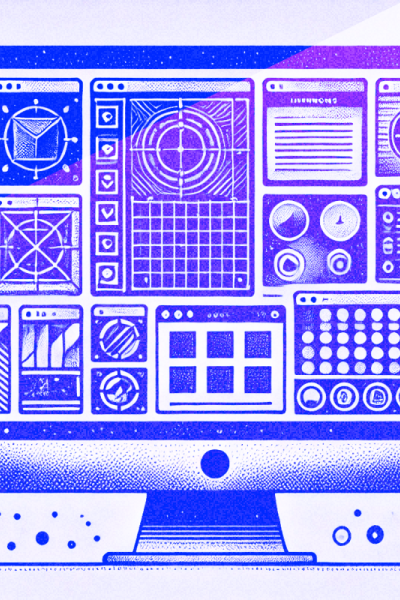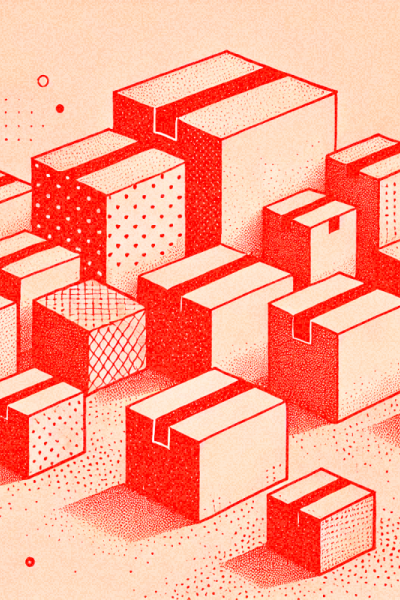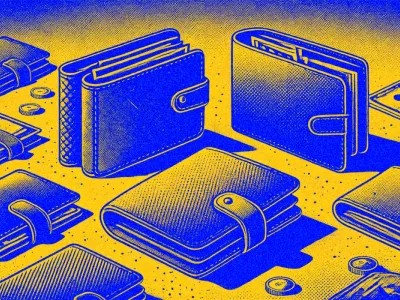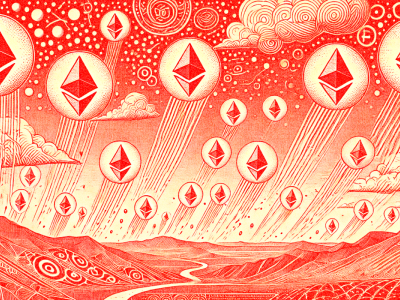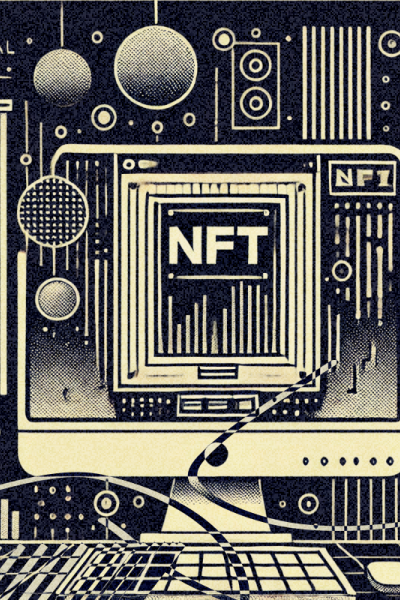In 2017, Qualcomm engineer Anatoly Yakovenko started working on solving scalability issues in cryptocurrency networks. He noticed that Bitcoin and Ethereum suffered from slow transactions and high fees, especially compared to centralized payment systems. This inspired him to develop a new distributed system algorithm called Proof of History (PoH). The algorithm helped speed up transaction processing and reduce confirmation times.
Initially, Yakovenko worked on Proof of History using a closed C-based codebase. However, his Qualcomm colleague, Greg Fitzgerald, suggested switching to Rust for better security and performance. The decision paid off—Yakovenko migrated the entire project in less than two weeks.
In February 2018, Fitzgerald began implementing the whitepaper in an open-source GitHub repository under the name Silk. Within just two weeks, the team managed to process and verify 10,000 transactions in only half a second. Another colleague, Stephen Akridge, introduced the idea of using GPUs for verifying digital signatures.
Together with Greg Fitzgerald and Stephen Akridge, Anatoly Yakovenko founded a company initially called Loom. However, due to confusion with an existing Ethereum-based project of the same name, the team rebranded the platform as Solana.
In March 2020, the network launched in Mainnet Beta mode. The project raised $1.76 million in a public token auction on CoinList. At launch, Solana supported basic blockchain transaction functions and smart contracts. The price of SOL was $0.95, and by November 2021, it surged to $260.

